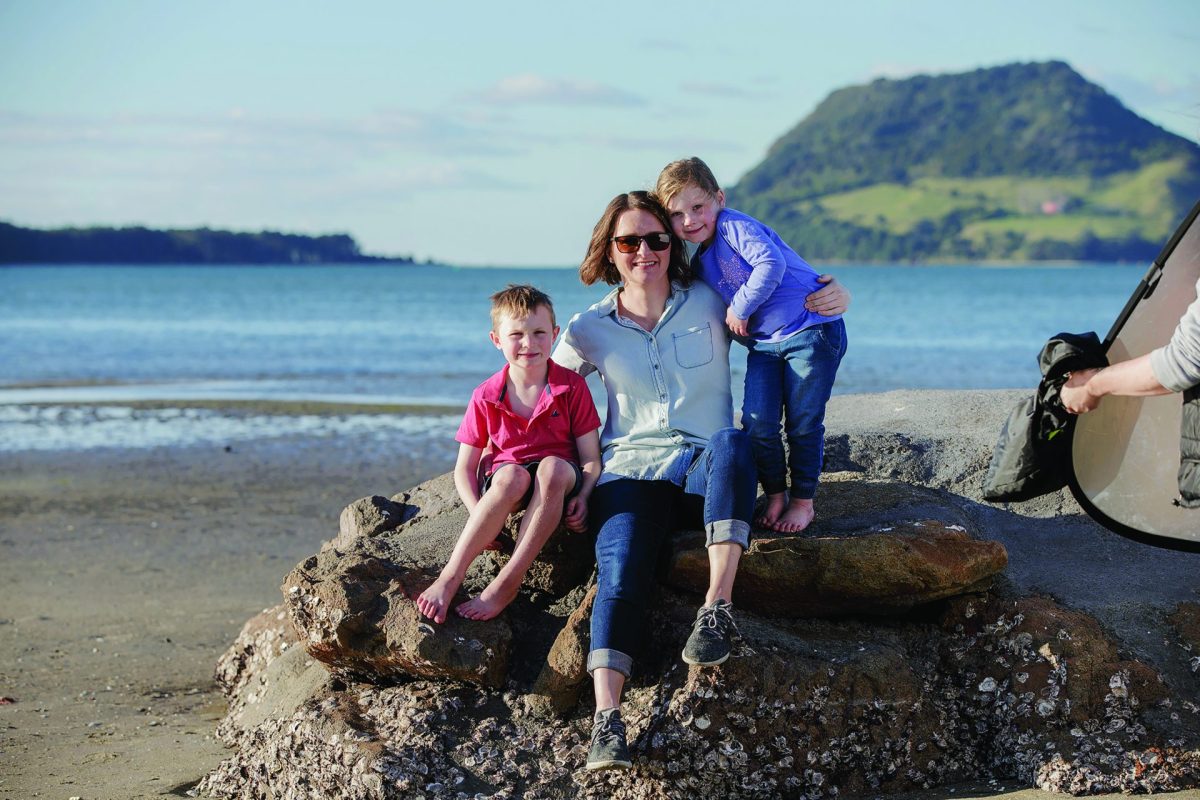Turn On The Water Works – Bay of Plenty’s Shari Gallop’s Estuary Outreach

- Written by
- Dyani Van Basten Batenburg
Summer means water play, so naturally we attune beaches and boating – but now’s the time to extend our pool of thought. New Zealand boasts more than 300 estuaries – biodiverse hotspots which have a huge cultural, social and economic impact. And, one such marine environmental scientist is intent on lifting their game in the name of climate change and cultural recognition. Whakatāne-born Shari Gallop, a senior lecturer at the University of Waikato in Tauranga, has received global recognition for her scientific work in and around estuaries and waterways. She is also on the steering committee of Te Ahu o Rehua – a network for cross- cultural ocean knowledge, and last year she was awarded the L’Oréal/ UNESCO For Women in Science fellowship for her research. With much of her science career spent offshore, the past two years on home turf has gifted the opportunity to connect with her whakapapa – Ngāti Maru, Te Rarawa – and strengthen holistic approaches to estuary health and climate change – weaving multiple knowledge systems together, not just western science.
Value driven
“In general estuaries have not been sufficiently valued. In saying that, I think it’s important to recognise that many indigenous peoples around the world (including here) have long recognised the importance of estuaries and other environments. There has been some positive steps here to weave mātauranga Māori (Māori knowledge) with environmental science, management and planning but I think much more could be done,” explains Shari. “Across many of our estuaries there has been extensive drainage and conversion of their wetlands to land, and many are degraded from practices in the catchments. In terms of climate change, research shows that mangroves, salt marsh and sea grasses in estuaries – and their sediments – can remove and store even more carbon than some forests.”
Beyond the bin
To aid restoration where it’s needed most, estuary preservation needs to go beyond just picking up the odd bit of rubbish. “I think we’re increasingly recognising the impacts of past decisions and (sometimes mis management) across many of our environments. There are many practical things individuals and whānau can do – reducing use of single-use plastics, not over-fertilising gardens, and cleaning any boat/ fishing gear after being used in lakes and rivers to present the spread of pests – to name a few,” says Shari. “And, there are plenty of awesome community groups doing great work to get involved with, for example there are many around Tauranga Moana and the Maketū Ōngātoro Wetland Society (MOWS) also run regular working bees.”
The murky side of mangroves
On the topic of mangrove dominance in estuaries – and the stay versus remove quandary – it remains controversial.
“Mangroves are native here but we are seeing them expand and grow more in places where they didn’t used to be. This is mostly thought to be due to increased mud and silt input into estuaries from big-scale land-clearing after Europeans arrived, which caused muddy tidal flats to expand. Expanding mangroves can reduce other types of habitats such as salt marsh and sea grass, thus altering the ecosystem. But it’s important to remember the counter-balance that mangroves can help protect us from storm surges and large waves and stabilise the coast (important with sea level rise) and store carbon,” explains Shari. “There needs to be more research on the impacts of mangrove removal, but studies to date have generally suggested that attempts to do this haven’t been very successful.”
Cultural appreciation
As with any industry, the challenges Shari faces go beyond surface deep.
“In my work, I have found it challenging to position myself as a predominantly western-trained scientist of mixed heritage, as it feels like walking between two worlds at times with no map. However, the more I put myself in Māori spaces and the more I learn, it’s really helping inspire my work in science to find better ways to care for our marine environments, encourage others to get involved, and think more holistically across knowledge systems.”